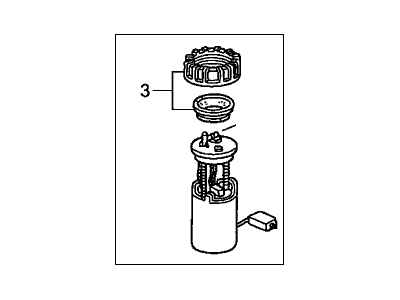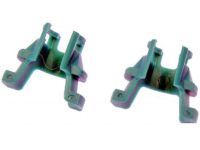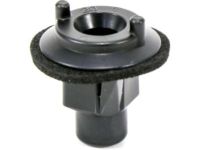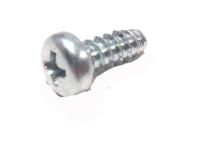To verify fuel in the tank, listen for the fuel pump by turning the ignition switch to ON. If unclear, open the fuel filler neck cap and have someone turn the ignition while you listen at the neck. For 2001 and 2002 Acura and 2003 and 2004 Honda models, use a fuel pressure gauge for high pressure. Disconnect the negative battery terminal, detach the fuel supply line from the firewall, and tee the gauge into this system. After reconnecting the battery, turn the ignition to ON, and check the pressure on the gauge once the engine is at its operating temperature. If pressure doesn't rise upon vacuum line disconnection from the regulator, check vacuum at the hose. For low indicated fuel pressure, inspect fuel lines, and consider replacing the fuel filter, integral to the fuel pump/level sending unit assembly. If the pressure remains low, potential issues include leaking fuel injectors or a faulty fuel pump. Upon completing tests, disconnect the battery terminal, remove the pressure test setup, and reconnect the fuel supply line. For 2003 and later Acura and 2005 and later Honda models, a special adapter is required to measure pressure. Disconnect the negative battery terminal, separate the fuel supply line quick-connect fitting on the firewall, and attach the fuel pressure gauge. Reconnect the battery, turn the ignition to ON, and evaluate the pressure when the engine is warmed up. If the pressure is not within range, inspect fuel lines, replace the fuel filter if necessary, and possibly replace the fuel pressure regulator. After testing, relieve fuel pressure, disconnect the battery terminal, remove the testing rig, and reattach the fuel supply line. Finally, start the engine and inspect for fuel leaks.
Posted by AcuraPartsWarehouse Specialist 








